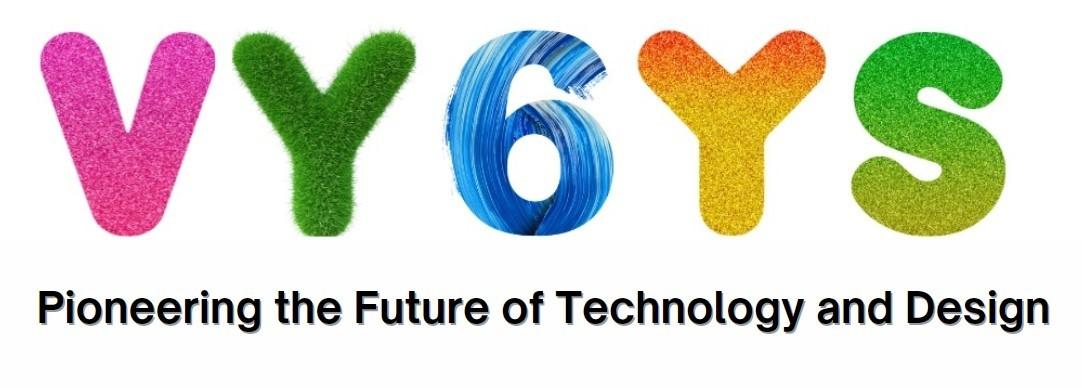The global technological landscape has witnessed a profound transformation, with electric vehicles (EVs) leading the charge toward a more sustainable future. However, a fascinating and less-discussed offshoot of this innovation wave is the emerging humanoid robots sector. Intriguingly, US electric-vehicle manufacturers are poised to dominate this arena, leveraging their technical expertise and established supply chains. Let’s delve into why this convergence of industries positions these companies for success.
The Intersection of EV and Robotics Technologies
At first glance, electric vehicles and humanoid robots may seem like disparate technologies. Yet, a closer inspection reveals significant overlaps that provide EV makers with a distinct advantage. Both fields rely heavily on advanced battery systems, electric motors, and sophisticated software for autonomous operation.
US electric-vehicle manufacturers, led by companies like Tesla, Rivian, and Lucid Motors, have spent years refining their battery management systems (BMS), optimizing energy density, and creating efficient electric drivetrains. These same components and engineering principles form the backbone of humanoid robots, which require lightweight, energy-efficient power systems to achieve extended operational durations.
Advanced Manufacturing and Supply Chain Prowess
One of the most significant hurdles to bringing humanoid robots to market is the complexity of manufacturing at scale. Fortunately, US EV manufacturers already possess the infrastructure and expertise required to mass-produce intricate electromechanical devices.
Tesla’s Gigafactories, for example, are not just battery production hubs; they are testaments to cutting-edge automation, lean manufacturing, and vertically integrated supply chains. These manufacturing techniques, honed over years of producing millions of electric vehicles, are directly transferable to the production of humanoid robots. From high-precision actuators to sensor arrays and AI-driven control systems, the production ecosystems already in place provide a considerable head start.
Software and AI Synergies
Beyond hardware, the software and artificial intelligence (AI) capabilities developed for autonomous vehicles are remarkably synergistic with humanoid robotics. EV companies have made substantial investments in computer vision, machine learning, and real-time sensor fusion—all critical components for robotic navigation and interaction.
Tesla’s Full Self-Driving (FSD) suite, for instance, processes vast amounts of real-world data to enable complex decision-making in dynamic environments. This technology can be repurposed to help humanoid robots navigate homes, factories, and urban spaces, learning and adapting in real-time.
The Role of Ecosystem Development
Another overlooked advantage for US EV manufacturers is their established ecosystem of suppliers, technology partners, and even regulatory relationships. This ecosystem, built to support electric vehicle production, can be repurposed to facilitate the development of humanoid robots.
For instance, lithium-ion battery suppliers, motor manufacturers, and semiconductor companies already engaged with EV makers are natural collaborators for robotics projects. The ability to leverage existing relationships, negotiate volume pricing, and secure a steady supply of components is a significant advantage in a field where supply chain resilience can make or break a company.
Financial Strength and Market Confidence
The financial muscle of leading US EV manufacturers also plays a pivotal role in giving them a head start. Companies like Tesla have market capitalizations that allow them to invest heavily in R&D, take risks, and weather long development cycles—luxuries that many robotics startups simply cannot afford.
Moreover, investor confidence in these companies’ ability to innovate and dominate new markets creates a positive feedback loop, providing both the funding and the public trust necessary to pioneer ambitious projects like humanoid robots.
Real-World Applications and Market Potential
Humanoid robots represent a market with vast potential, from assisting in elder care and performing household chores to working alongside humans in industrial settings. US EV manufacturers’ experience with customer-centric innovation positions them well to design robots that are not just technically impressive but also practical and user-friendly.
Companies like Tesla have a proven track record of transforming once-niche technologies into mainstream products. Their expertise in creating compelling user experiences, from intuitive software interfaces to seamless hardware integration, will be critical in driving adoption of humanoid robots.
Challenges and the Road Ahead
Of course, the path to humanoid robot dominance is not without its challenges. The mechanical complexity of creating bipedal robots that can move and interact with human environments remains a significant technical hurdle. Additionally, public acceptance, ethical considerations, and regulatory frameworks for robotic systems are still evolving.
Yet, US electric-vehicle makers are uniquely positioned to address these challenges. Their experience navigating regulatory landscapes, addressing safety concerns, and educating the public about new technologies will serve them well as they enter the humanoid robotics market.
Conclusion
In conclusion, the technical know-how and existing supply chains of US electric-vehicle manufacturers give them a significant head start in the burgeoning humanoid robots sector. By leveraging their advanced battery technology, precision manufacturing capabilities, AI expertise, and financial strength, these companies are well-positioned to lead this exciting new frontier.
As the lines between electric mobility and robotics continue to blur, we are witnessing the dawn of a new technological era—one where humanoid robots may become as ubiquitous as electric cars. And if US EV makers play their cards right, they could very well be at the helm of this revolution.


